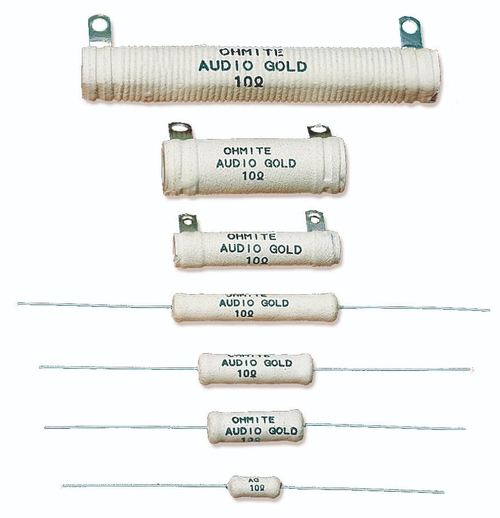Standard ceramic resistor assemblies include the following components.
Ceramic tube carbon disks resistor.
After blending the material is pressed to the required shape with diameters ranging from 0 3 to 15 1cm.
Using carbon particles it is then mixed together with clay to turn it solid which gives you the carbon composition resistor.
Ceramic carbon resistors can be offered separately in matched sets or ready assembled high power resistors for ease of installation depending on the application.
The melding to get a resistor of carbon composition is pretty cool.
This produces a ceramic carbon resistor which is 100 active material and therefore of minimum size.
This pressure is controlled by a magnetic field produced by an electromagnet coil.
Glass fiber tie rod for disk mounting aluminum hexagon end stops pinned at either end.
Inherently non inductive and capable of withstanding transient high voltage impulses the carbon disc series is similarly effective with respect to dumping braking circuit overvoltage protection and crowbar discharge applications.
The resistance of the carbon disc is varied by pressure change.
However when a guitar is plugged in to the amplifier the pickup resistance inductance and cable capacitance is in parallel with the 1meg grid resistor so its effect on noise is greatly reduced.
Hvr linear disc resistors are manufactured from a carefully blended mixture of clays alumina and carbon.
The resistors are then fired at high temperature in a tunnel kiln with controlled atmosphere.
These ceramic composition resistors perform well where high peak power or high energy pulses are required to be handled.
The amount of current flow through the exciter shunt field is controlled by a resistance which is made up of carbon discs or a carbon pile packed into a ceramic tube.
Metal film is more noticeable and important for the 1meg resistor than the 68k input resistor.
Disc resistors are available in a wide variety of diameters to meet your application needs.
Then a ccording to the required resistance value c hange the thickness of the carbon film and select the pitch of the screw pitch of the spiral groove to determine the appropriate cross sectional area and length of the carbon film.
The carbon film resistor is formed using a ceramic carrier rod onto which a thin layer of pure carbon is deposited as a film it is the thin carbon film that acts as the resistive element.
The decomposed carbon is even ly deposited on the circumferential surface of the ceramic cylinder or ceramic tube to form a crystalline carbon film.
The resistor discs are utilized for capacitor charge and discharge crowbar impulse duty areas electrical transmission ac dc motor drives and dynamic breaking systems.
The ceramic carbon disc resistor is designed to provide to optimum solution to many power electronics applications notably soft starting and hv discharging.

